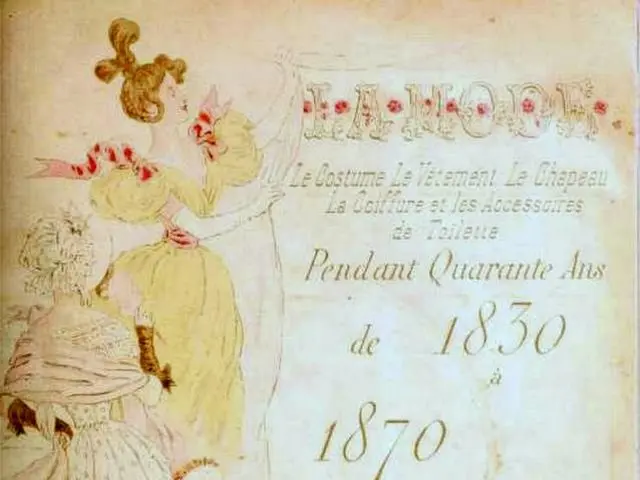Rhinoscleroma Explanation: Its Nature, Symptoms, Root Causes, Treatment Options, and Further Insights
Rhinoscleroma: A Rare, Bacterial Infection Affecting the Nasal Passages
Rhinoscleroma is a chronic, granulomatous bacterial infection that primarily targets the nasal cavity and upper respiratory tract. This condition is more common in parts of Africa, Eastern Europe, South America, and Southeast Asia, but it is rare in North America and Western Europe.
Symptoms and Stages
The early symptoms of rhinoscleroma may resemble those of a common cold, with nasal congestion, watery discharge, and occasional sneezing. As the disease progresses, symptoms can worsen, leading to persistent nasal obstruction, crusting, and sometimes nosebleeds. In severe cases, the structure of the nasal passages may change.
The progression of rhinoscleroma involves three stages: catarrhal, proliferative, and cicatricial. In the catarrhal stage, symptoms are similar to a cold. The proliferative stage is characterised by the formation of granulomatous masses in the nasal mucosa, leading to mucosal atrophy and thickening. The cicatricial stage involves fibrosis and scarring, which can cause deformity and stenosis of the nasal passages and upper airways.
Diagnosis and Treatment
A doctor diagnoses rhinoscleroma by taking a sample of the granuloma tissue and analysing it for the presence of Mikulicz cells, which are large cells containing the bacteria. Treatment primarily involves a long course of antibiotics, such as rifampicin, fluoroquinolone, and ciprofloxacin. Surgical intervention may be necessary in advanced stages to remove obstructive granulomatous tissue or to correct deformities caused by scarring.
It is important to note that rhinoscleroma can be difficult to distinguish from rhinosporidiosis, another inflammatory condition that affects the nasal and respiratory passages, in the early stages. Rhinosporidiosis is not treated with antibiotics, but the polyps caused by rhinosporidiosis are surgically removed by a doctor.
If you have travelled to a country where rhinoscleroma is prevalent and experience persistent and worsening nasal symptoms, it is advisable to contact a doctor. Early diagnosis and treatment can help prevent the progression of the disease and reduce the risk of complications.
[1] Mayo Clinic. (2021). Rhinoscleroma. [online] Available at: https://www.mayoclinic.org/diseases-conditions/rhinoscleroma/diagnosis-treatment/drc-20371641
[2] UpToDate. (2021). Rhinoscleroma. [online] Available at: https://www.uptodate.com/contents/rhinoscleroma-in-adults-clinical-features-and-diagnosis
- Antibiotics, such as rifampicin, fluoroquinolone, and ciprofloxacin, are often used in the treatment of rhinosclerma, a chronic bacterial infection that affects the nasal passages.
- Rhinoscleroma, a medical-condition, can cause health-and-wellness concerns like persistent nasal obstruction, crusting, and nosebleeds if left untreated, particularly in regions where it is prevalent such as Africa, Eastern Europe, South America, and Southeast Asia.




